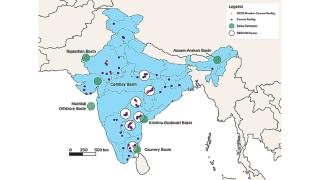Co-processing of wastes and other low-grade resources in cement kilns offers a partial solution to sustainability issues ranging from resource scarcity via greenhouse gas emission reduction to waste generation. However, co-processing requires a professional approach from the industries involved as well as regulation and monitoring by the authorities to successfully lower the need for fossil fuels and virgin raw materials, and reduce CO2 emissions. In this article, Cementis and Sintef present best practices that constitute a benchmark for cement plants co-processing AFRs and treating hazardous wastes.
The development of a proper hazardous waste and low-grade resources management infrastructure is not only required to protect human health and the environment but it is also necessary to sustain further development of their economies. Many countries do not have a proper hazardous waste management infrastructure in place.
